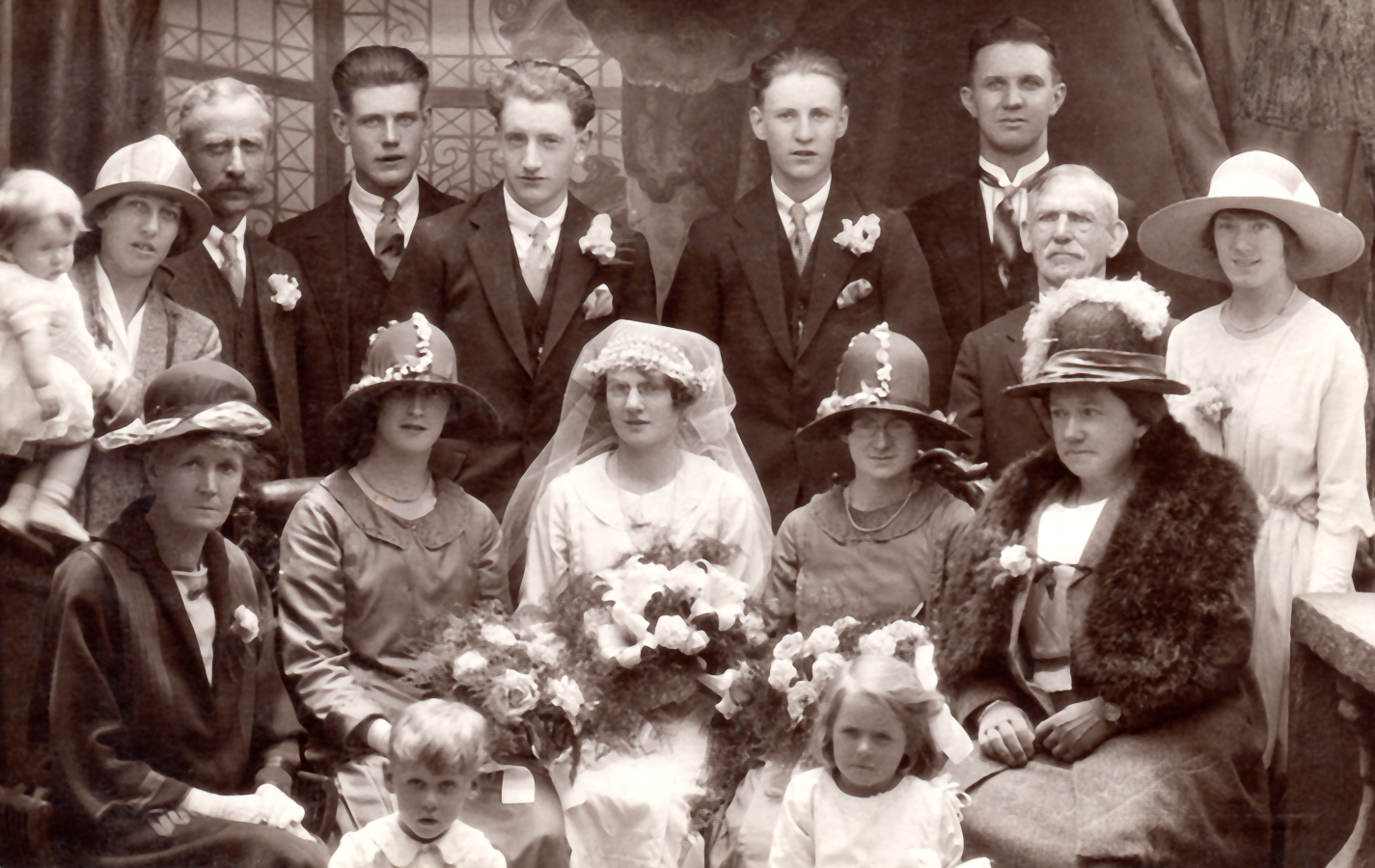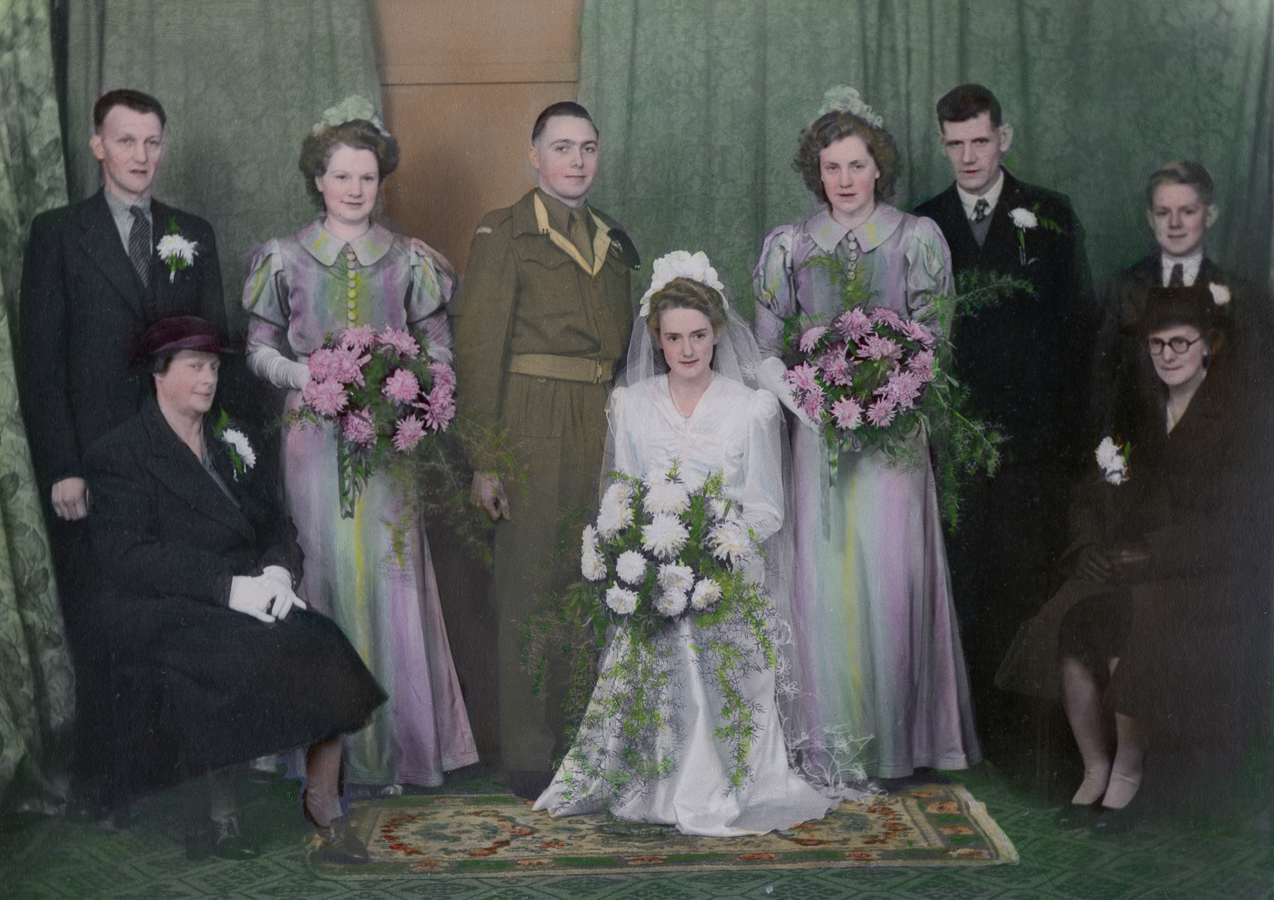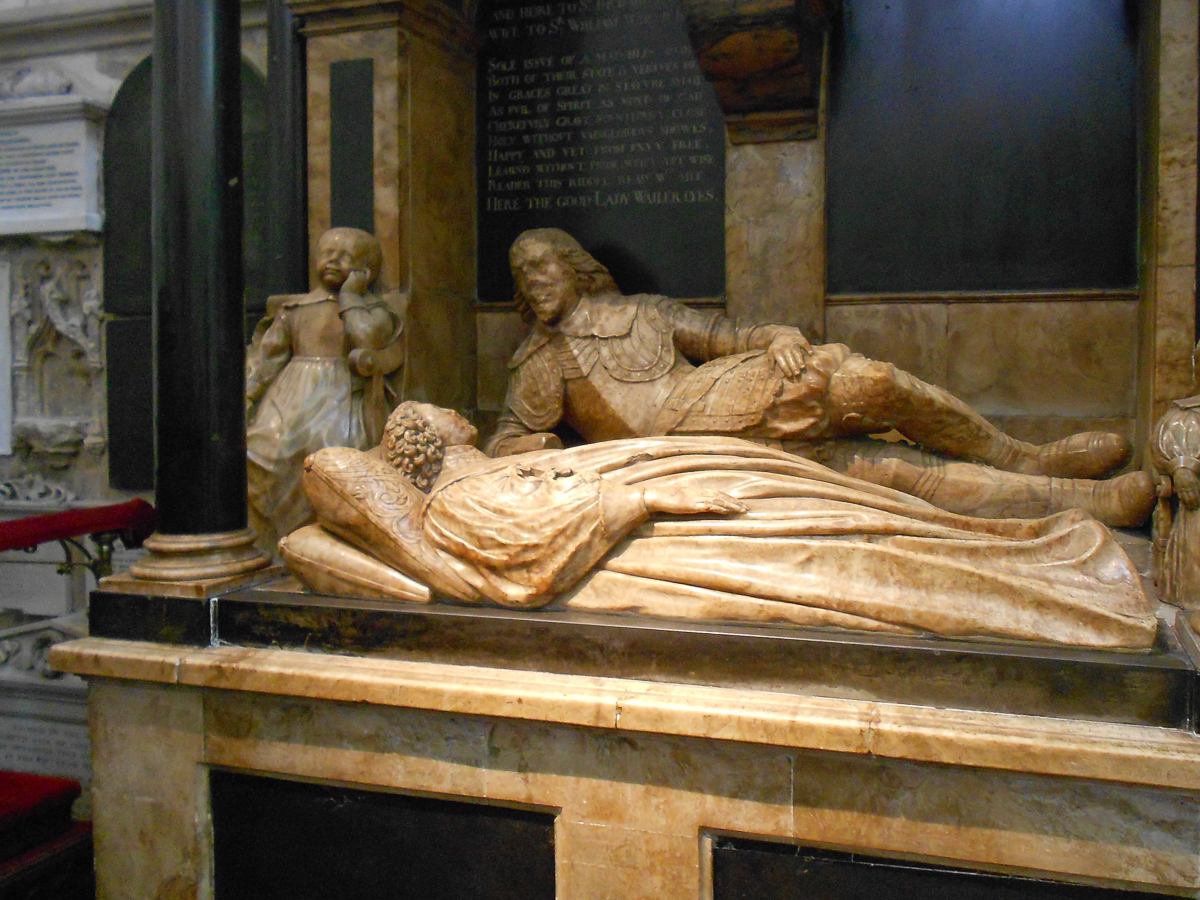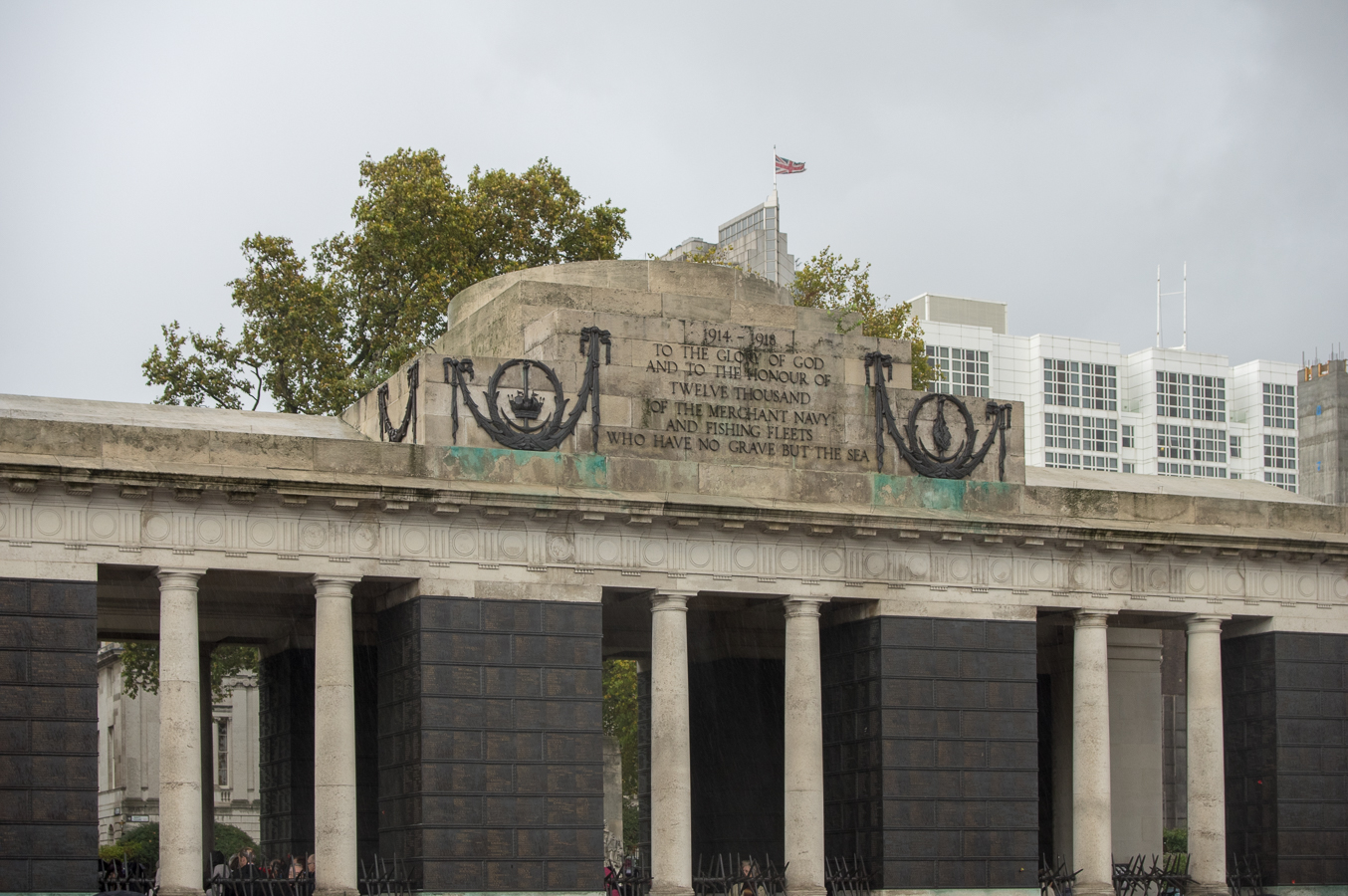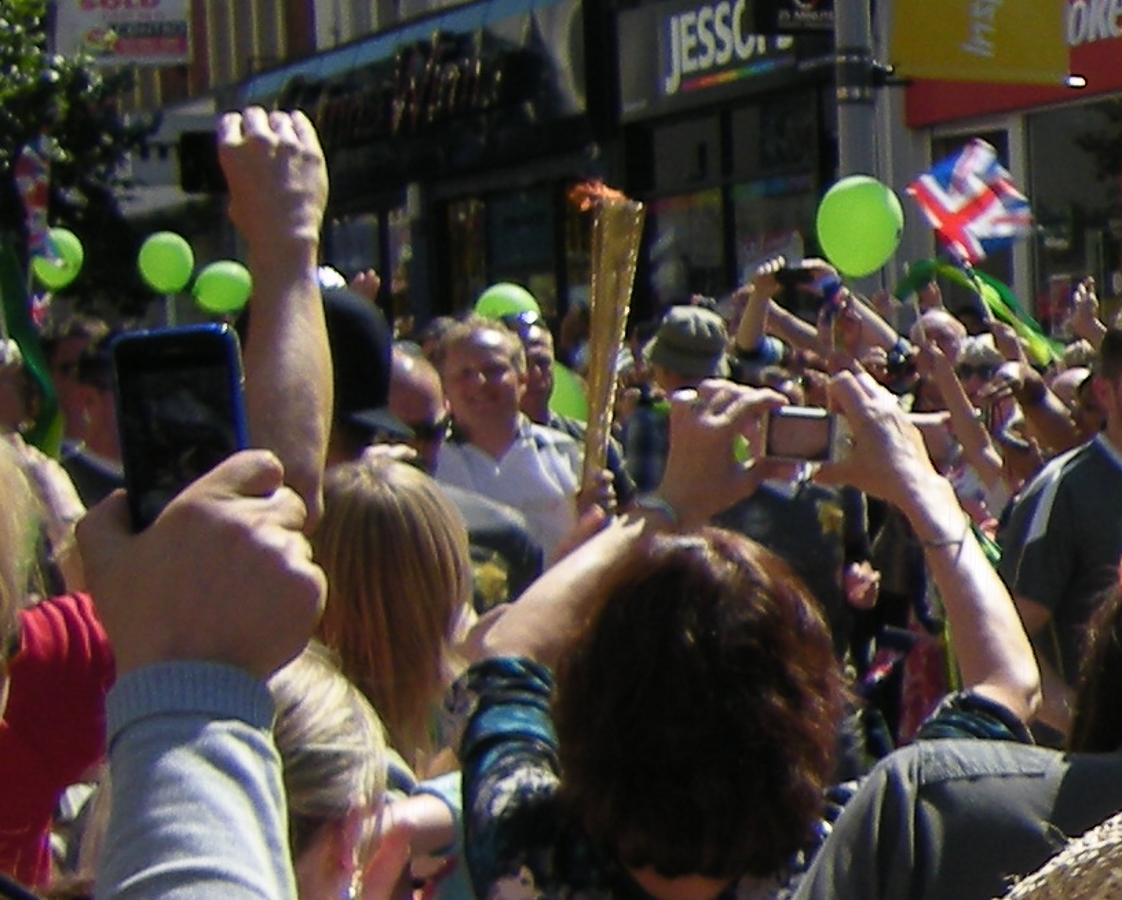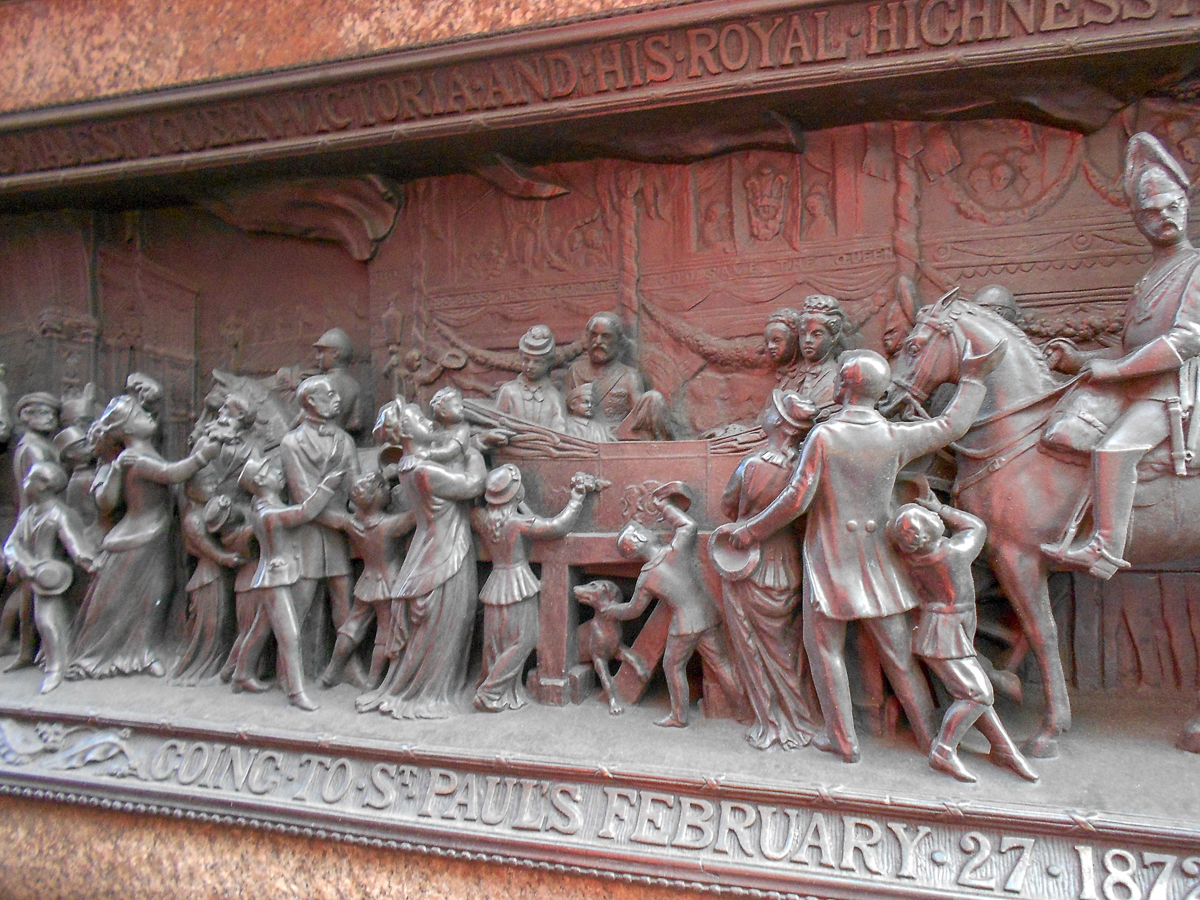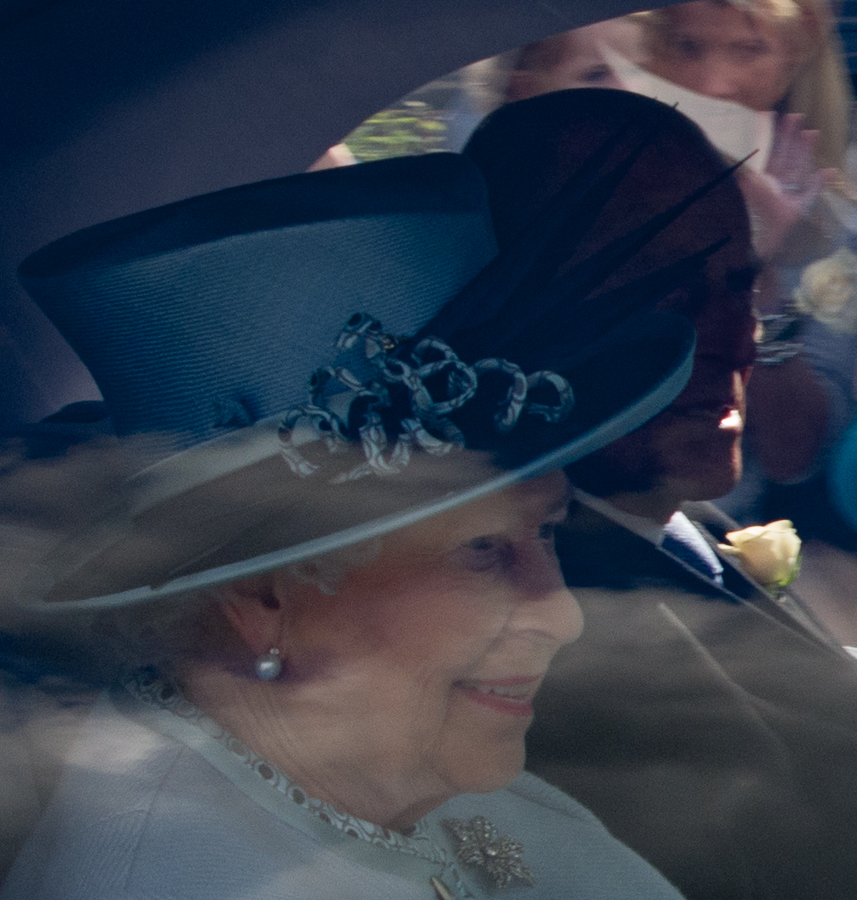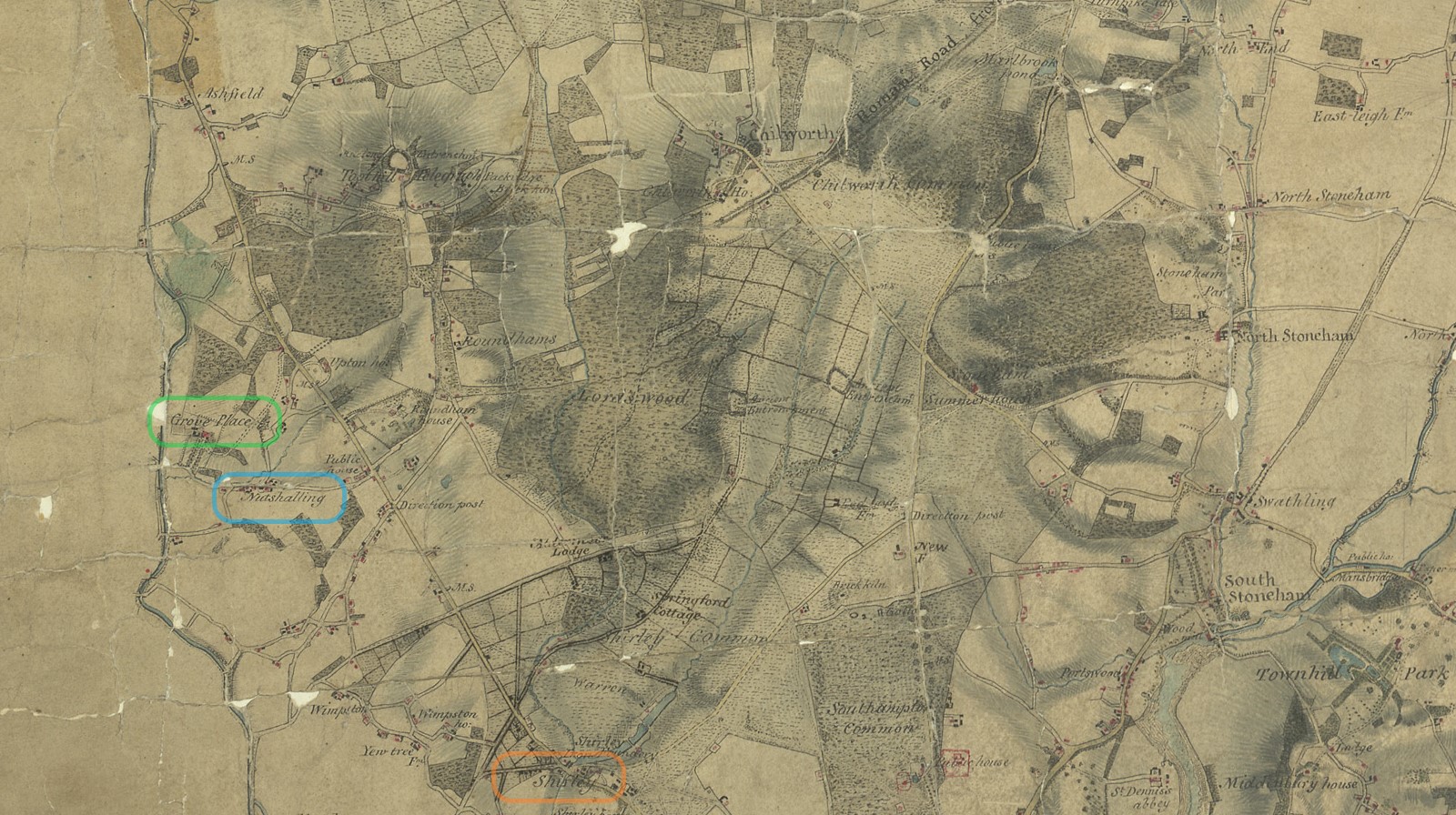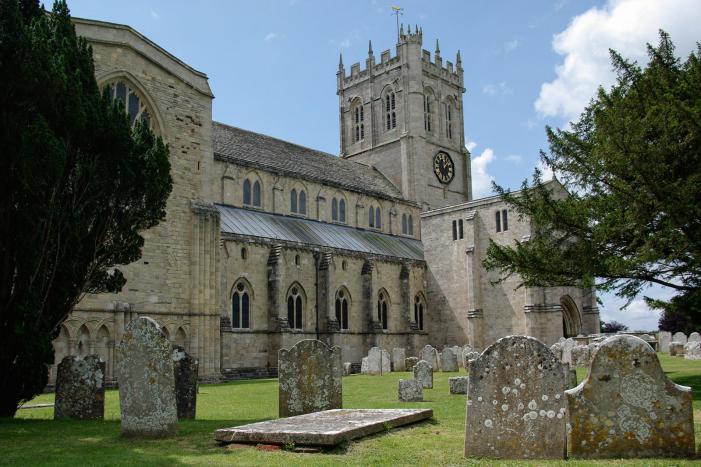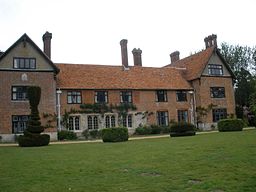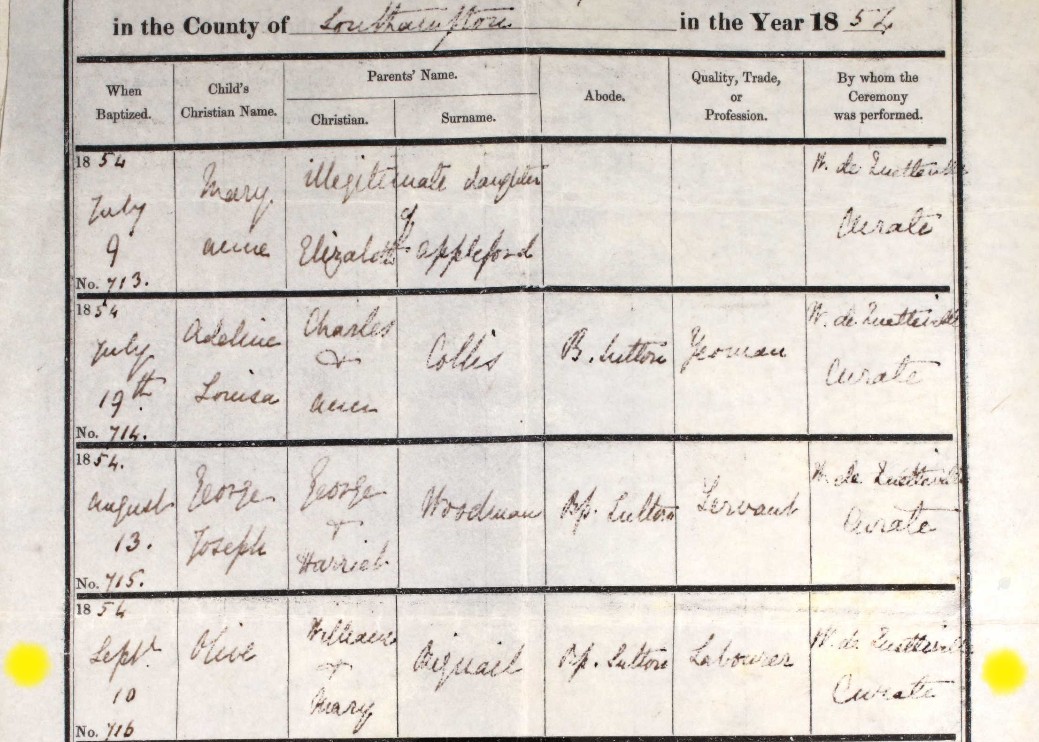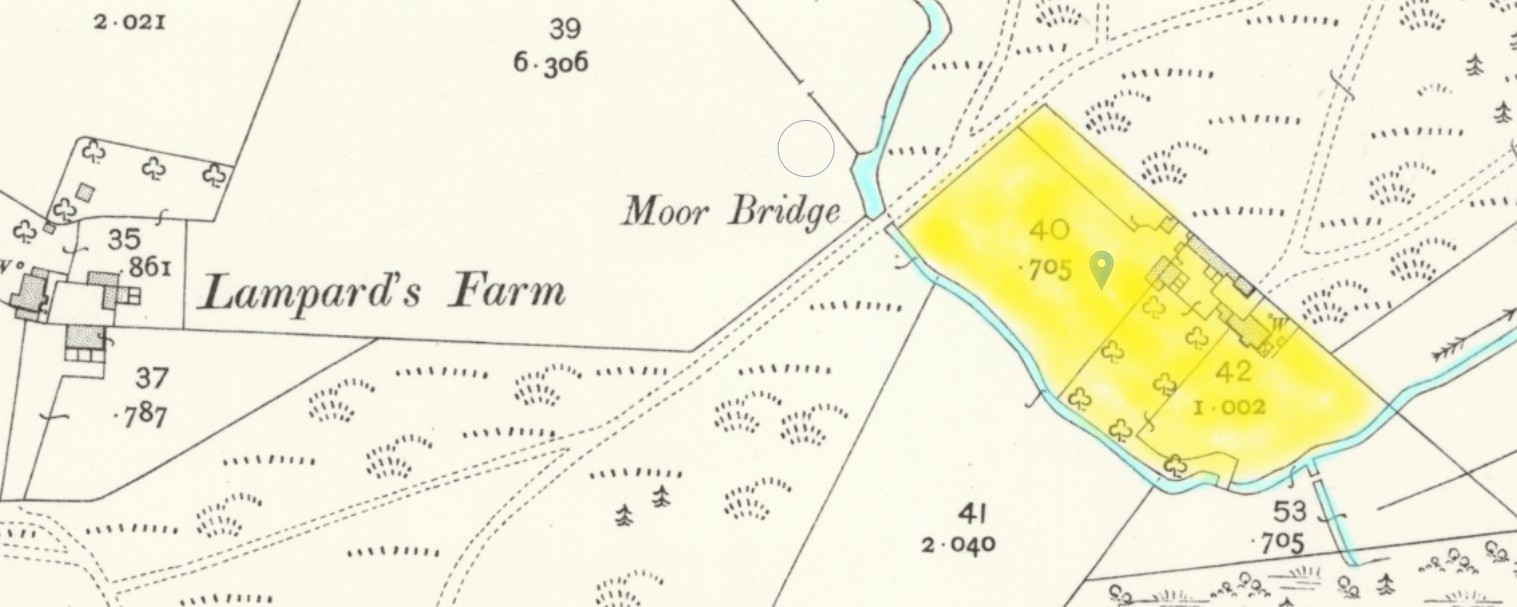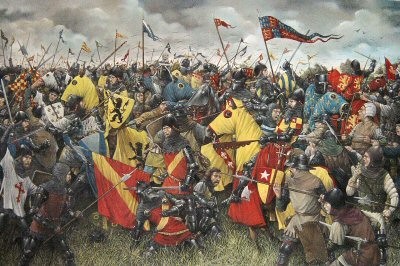Photo from Dorset Attractions
Christchurch or Twyneham
Previously Hampshire but now Dorset
Lets start with a Historic Walk around the town courtesy of Christchurch History Society.
Then a visit to British History Online.
To its position between the rivers Avon and Stour the site of Christchurch owed its earlier name of Twinham, representing an old English betwux thæm eaum, 'between the waters.' The Hampshire Twinham first appears in the chronicle in the annal for 901, which relates the events of 899, the year of King Alfred's death. Upon that event Ethelwold, a younger son of King Ethelred I, seized the estates of Wimborne of Twinham 'without the leave of the king or the Witan.' The suppression of his revolt was soon accomplished; its details are not relevant here. But it is important to note that in the annal of 901 Wimborne and Twinham are described, not as burhs, or strong places, but as hams, the word most nearly approaching to the Norman manoir. It is evident that in 899 Twinham possessed no fortifications other than belonged to the normal estate of the time. On the other hand, it is included in the burghal hidage, which dates from approximately 920, and was therefore fortified and made a borough at some time in the first quarter of the 10th century.
In 1086 the 'borough of Twinham' belonged to the king, who owned thirty-one messuages there, each of which paid 16d. land gavel. Six others, worth 13s. 4d., belonged to the priory. In the early 12th century the borough proper became a mesne borough, being granted about 1100 to Richard de Redvers as part of the honour of Christchurch (q.v.). From that date the manor of the borough followed the same descent as the rest of the honour till 1791, when Sir George Ivison Tapps sold it in September 1791 to the Rt. Hon. George Rose, who held various official appointments during Pitt's administrations. In 1796 George Rose settled it upon his son Sir George Henry Rose on his marriage, who again in 1820 brought it into a settlement upon the coming of age of his son George Pitt Rose. Sir George Henry Rose was still holding in 1834, but in 1863 he sold it to the trustees of the Earl of Malmesbury, and the present earl is now lord of the manor.
